A tying trap that captures the animal by tying its legs with wire. Among the constituent parts, the wire is a necessary part. Currently, it is common to use a rope made of braided metal wires called "wire rope".
The reason is that wire ropes have higher tensile strength than ordinary ropes and are somewhat flexible, so they are suitable for traps to capture powerful beasts such as wild boars and deer.
At first glance, all wire ropes look the same, but there are actually many different types, and there are a few things you should know about using them for traps.
There is a limit to the thickness that can be used
Wire ropes smaller than 4 mm in diameter are prohibited for catching wild boars and deer. For those unfamiliar with hunting, even a 3mm diameter rod might seem strong enough, but its power in the wild is stronger than you might think.
Life and death are at stake, so they are desperate too. Even if you've captured it, the wire may break if a large beast gains momentum on a downhill.
watch out for kinks
When tying traps are used in the field, kinks (strands that do not return to their original shape due to bending) and shape deformation (strands that float up or lose their twist) occur. Once a kink or deformation occurs, it will not return to its original shape.
Even if the kink appears to have been repaired, the damage has not actually recovered, and the kink is the starting point for rapid deterioration of the rope. If a kink occurs, the strength may decrease by nearly 60%, so if the wire rope is damaged, consider it a consumable item and replace it with a new one.
A kink is caused by the wire being pulled in a twisted state. This is an unavoidable situation when using a tying trap, but in order to prevent twisting as much as possible, be sure to attach a twist (sarkan).
wire rope structure
Should I just use a wire rope with a large diameter? The answer is "NO". The thicker the wire, the harder it will be. As a result, the tightening may become loose, and the operation of the tying trap may become dull.
So there are some points to consider. That is the number of wires and strands and the material of the core.
A wire rope has a structure in which thin "strands" are woven together. Multiple strands of this wire are called a "strand", and multiple strands are twisted around a "core" to form a wire rope.

There are several types of cores, and there are a fiber core type and a gold core (steel core) type. The fiber core type has high flexibility, so the capture rate increases. The material used for the fiber core is a twisted combination of natural fibers such as hemp and polypropylene.
On the other hand, the gold core type is less flexible and the trap will not work as well, but it will be stronger.
Depending on the number of wires that make up the strand and the number of strands around the core, it is expressed as "6 x 24" or "6 x 19". For example, if there are 6 strands around the core and each strand consists of 24 strands, it is expressed as "6 x 24".
If the thickness of the wire rope is the same, the more strands it has, the softer it will be, but it will be more likely to twist and kink. Be careful, if a big animal hangs on a kink wire rope, the wire will break.
At our shop, we mainly use a fiber core type with a diameter of 4 mm and 6 x 19 in consideration of the balance between trap operation and strength.
It is also necessary to consider whether or not to remove oil
Wire ropes are generally coated with lubricating oil (grease) to make them flexible. However, the smell of oil is alien to wild animals, especially wild boars, which have a dog-like sense of smell, and may be repelled.
Therefore, when choosing wire ropes for tying traps, it is recommended to choose ones without oil.
If there is prey in the trap
Large wild boars are strong and often cut the wire rope if it has a kink. In addition, there are cases where the legs are torn off, or the ends of the legs are tied with wires. In such a case, be careful not to get hurt while assuming that the wire rope will break or the wire will come off and the escaped prey will come towards you.
After confirming that the prey is on the hook, first check the position and condition of the tying from a distance.
Components of a tying trap
For those who do not have their own tools, we recommend the pre-assembled spring set.


 箱罠
箱罠
 くくり罠
くくり罠
 パーツ類
パーツ類
 電気柵
電気柵
 自作キット
自作キット
 防獣グッズ
防獣グッズ
 監視カメラ
監視カメラ
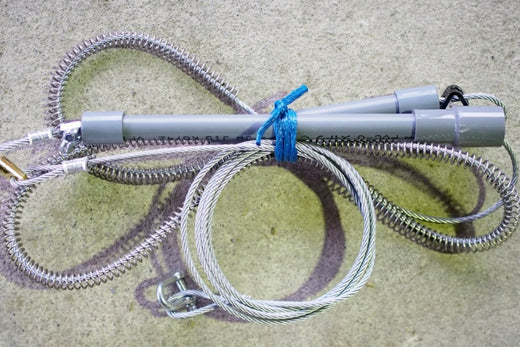

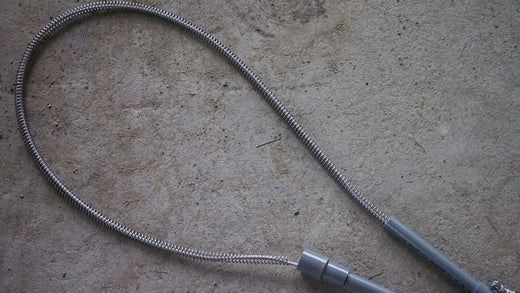

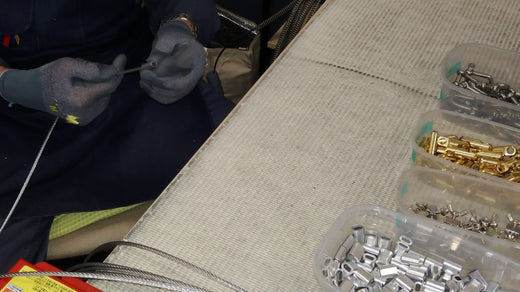
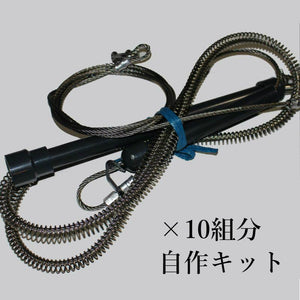
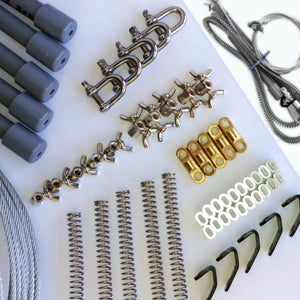
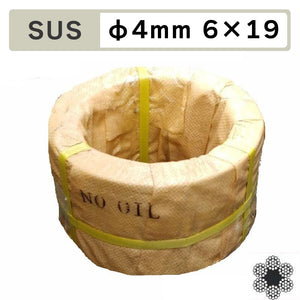
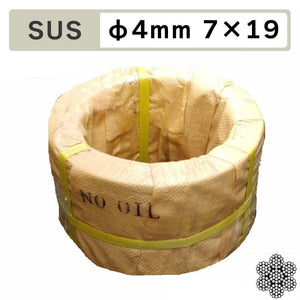
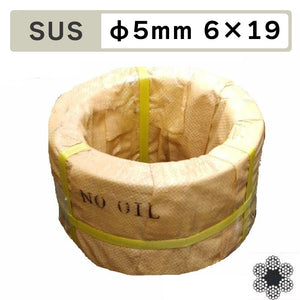
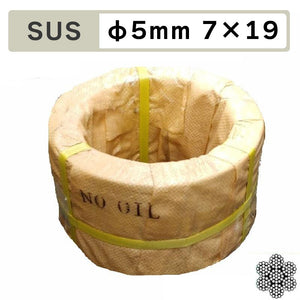
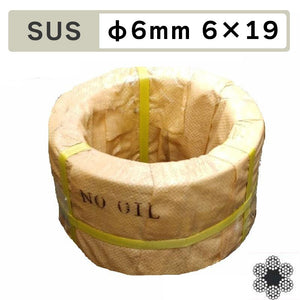
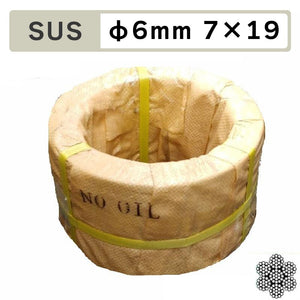
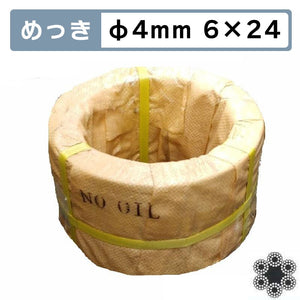
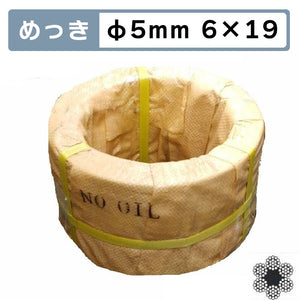
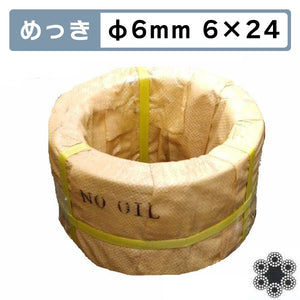
 box trap
box trap
 tying trap
tying trap
 enclosure trap
enclosure trap
 Prevention and avoidance goods
Prevention and avoidance goods
 electric fence
electric fence
 trap surveillance camera
trap surveillance camera
 transportation goods
transportation goods
 Trap detection sensor
Trap detection sensor
 hunting supplies
hunting supplies
 game cookware
game cookware
 hunting books
hunting books
 Anti-bird goods
Anti-bird goods
 Agricultural materials/machinery
Agricultural materials/machinery
 Gibier
Gibier
 boar
boar
 deer
deer
 Kyon
Kyon
 monkey
monkey
 raccoon
raccoon
 Badger
Badger
 palm civet
palm civet
 raccoon dog
raccoon dog
 nutria
nutria
 mouse or rat
mouse or rat
 Mole
Mole
 bear
bear
 pigeon
pigeon
 Crow
Crow







